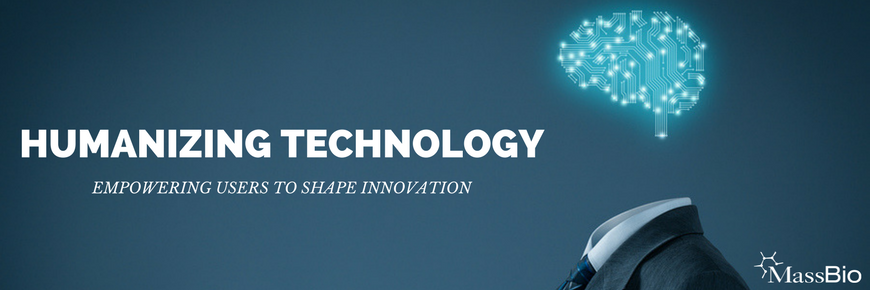
INNOVATION AND CHANGE AREN’T FOR THE FAINT OF HEART
Innovation is commensurate with “new”; as humans, we are conditioned to think of “new” as provocative and exhilarating, but also, just as often, as strange and terrifying. “New” carries with it risk…risk of the unknown. Change, the adoption of new, is also inherently the “acceptance of risk”. As leaders in the life science industry’s efforts to add value to the healthcare system and improve patient lives, many of us seek to leverage developments in technology to enable innovation and affect positive change. But as creatures of habit, we are also inclined to resist it.
So, how can an industry dependent on innovation and change reconcile these conflicts?
Progressive approaches to market research tap into the emergent field of “user experience,” with experts from the practice trained in proven methodologies that enable a better understanding of people, their environments, and their goals. These methodologies are scaled for industry and can effectively “humanize technology” such that we can engage in more meaningful discussions with users, yielding rich insights based on a more rigorous and critical assessment of an idea. Accordingly, this approach is effective in informing business decisions tasked with how to innovate and successfully cultivate change.
HUMANIZING TECHNOLOGY
To humanize technology, we might consider first reflecting how humans relate to the world. Doing so establishes basic principles for how technology must connect with people in order to be successful. A simple model that holds true time and time again is as follows:
- Utility: Is this technology relevant to me? Does it enable me to achieve something that I want to achieve?
- Usability: Is the technology presented to me in a way that can fit into my world, and in such a way that I can reasonably use it successfully and safely?
- Emotion: How does the technology make me feel? Do I believe in this technology, does it conform to my understanding of the world, informed by my own experience? Does it align with my values? Do I like it?
Evaluating new technology along these dimensions is critical to inform the extent to which it can be successful according to the people it’s intended for. Often, the techniques and formats that are necessary to do so look little like those that industry creates to inform their own business decisions, (e.g., product features lists, performance specs, and clinical data); this is the way businesses think…but not so payers, HCPs, and patients that ultimately determine the acceptance and success of innovation.
CONTEXT AND NARRATIVE
User experience experts are skilled at translating how industry conceives and communicates new technology into a language that its intended users and beneficiaries can relate to. Accordingly, they leverage context and narrative to better relate to users.
Context enables understanding in a holistic sense. It accounts for important aspects such as a user’s existing practices, environments they might inhabit, and protocols and systems they function within, all of which enrich our understanding of how and why they react to new ideas. For users, it sets a scene against which to consider a new idea.
Narrative enables us to assess how a new idea connects on utility, usability, and emotion. Narrative, or storytelling, is as old, and as human, as humanity itself, and an extremely familiar convention for anyone in regard to making sense of new information. In the case of innovation, the narrative allows us to tell a story about how a new technology might enable a relevant goal, set within a scene that establishes a relatable context.
The pairing eases the burden otherwise placed on users to make sense of new information that can all too easily overwhelm. It also enables them to respond to new ideas critically and meaningfully, serving as a “pressure test” against real-world considerations. It also enables us to parse out reactions to an idea’s utility separate from its usability and ability to connect on an emotional level, all based on precisely how they react to the narrative.
PART OF THE BIGGER PICTURE
Though no single practice or process can completely guarantee the market success of an innovative new technology, taking steps to “humanize technology” and share it with those whom it’s intended to benefit is an effective way to “hedge our bets” to this end. Starting to do this at an early stage, with iterative user touchpoints throughout to inform development, can be surprisingly economical, manifesting itself as an ethos of “fail early and cheaply” to better ensure the odds of market success. Executed well, it translates user insights in such a way as to socialize them within an organization and enable better strategic and tactical business decisions. Ultimately, it better informs how innovative technology can best be used to improve the lives of as many patients as possible.